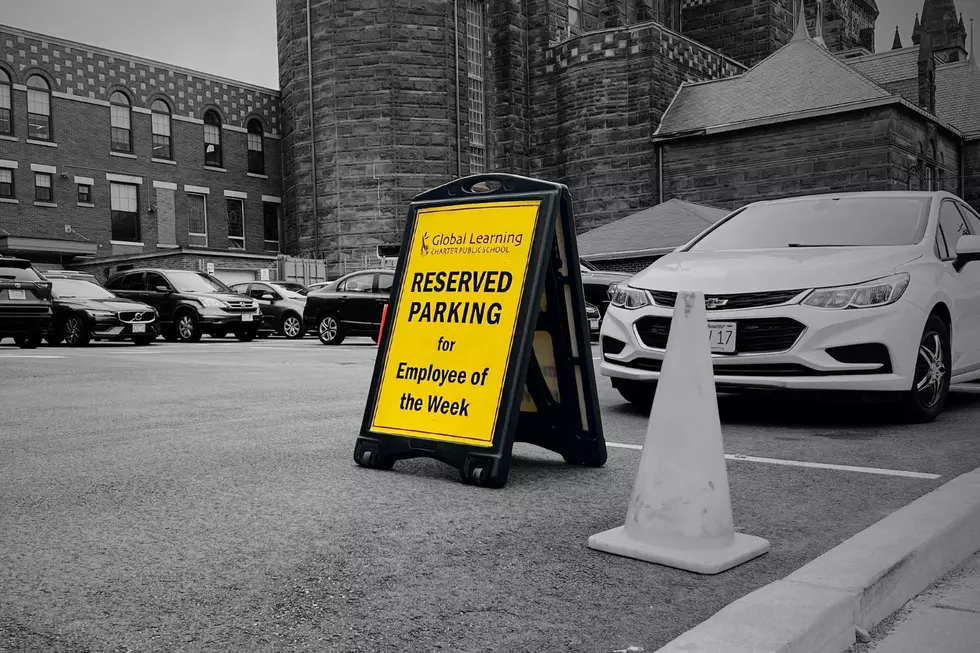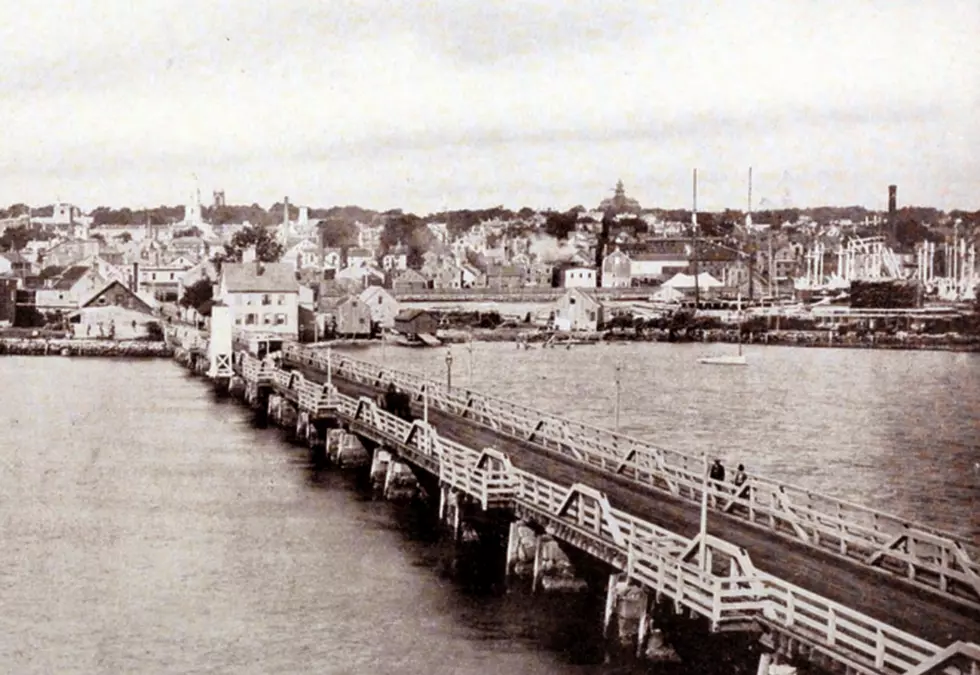
New Bedford’s Palmer’s Island Was Once a Prison for Indians
Palmer's Island is a six-acre island in the Acushnet River at the entrance to New Bedford Harbor.
The recorded history of Palmer's Island dates back to 1602, when explorer Bartholomew Gosnold "discovered" it, some 18 years before the Pilgrims arrived in Plymouth in 1620.
Palmer's Island was named after William Palmer, an original settler of Old Dartmouth.

DestinationNew Bedford.net says, "Members of the Wampanoag Nation visited and camped on Palmer's Island prior to European colonization."
The site says, "The Wampanoag harvested and processed shellfish along the intertidal zone by drying them and smoking them for winter meals."
NewEnglandLighthouses.net says, "Like Boston's Deer Island, Palmer's Island was used as an internment camp for Indians during King Phillip's War in 1675-76."
"Most of these Indians were later sold into slavery in the West Indies," according to the site. "The island was once much larger and heavily wooded," according to the site.
Palmer's Island was home to a hotel, dance hall, and amusement park in the 19th century. Fire and the Hurricane of 1938 destroyed what remained of the structures on the island.
The 24-foot Palmer's Island Lighthouse was first lit on August 30, 1849, using whale oil. The hurricane barrier, constructed in the 1960s, provided better, more modern lighting, and the Palmer's Island Lighthouse went dark.
WBSM owned Palmer's Island in the 1960s and erected a radio tower there. The tower was eventually destroyed by vandals.
After a period of decline, Dr. Peter O'Toole helped launch a rehabilitate the lighthouse in 1978. Today, protected by state and city statutes, Palmer's Island is open to visitors.
The Palmer's Island Lighthouse is one of the dozens that still dot the shorelines of New England.
The 15 Coolest Lighthouses Along the SouthCoast and Cape Cod
Paranormal Activity Reported in Massachusetts' Bridgewater Triangle
More From WFHN-FM/FUN 107


![Friendly New Bedford Hound Wants to Brighten Your Day [WET NOSE WEDNESDAY]](http://townsquare.media/site/519/files/2024/05/attachment-Untitled-design-2024-05-08T062814.597.jpg?w=980&q=75)






